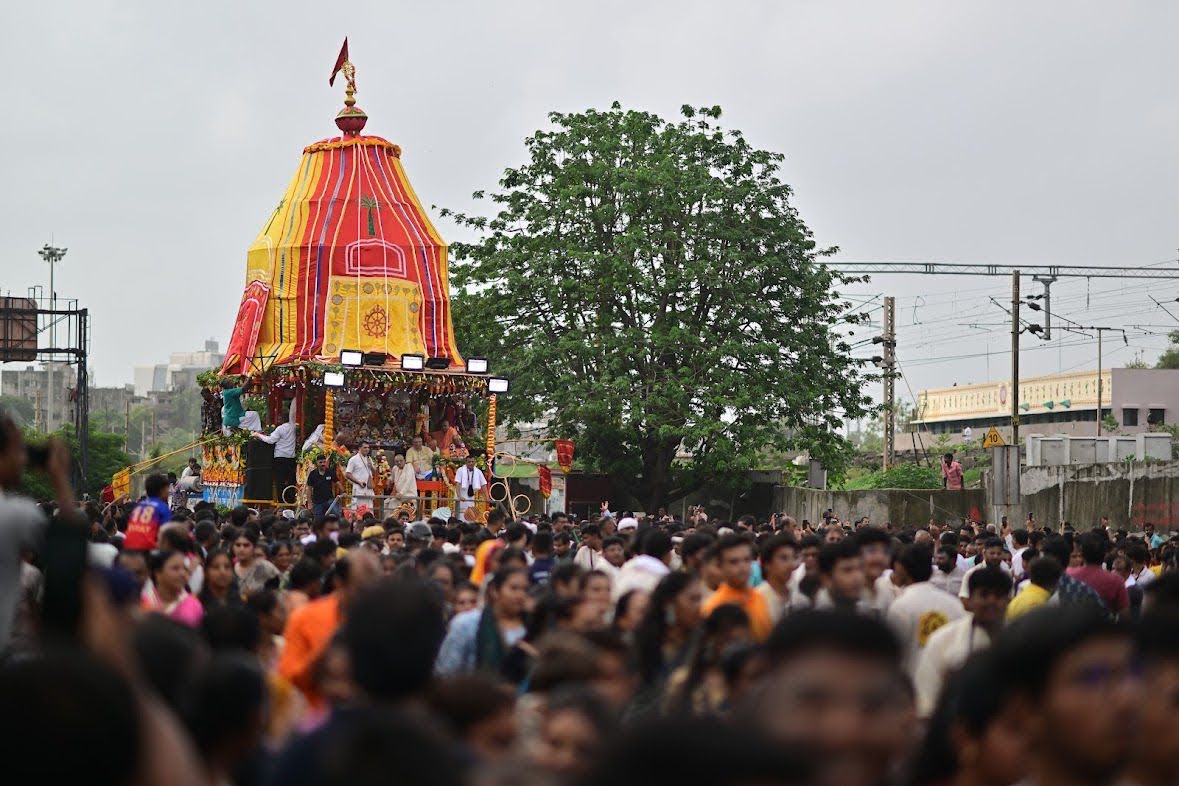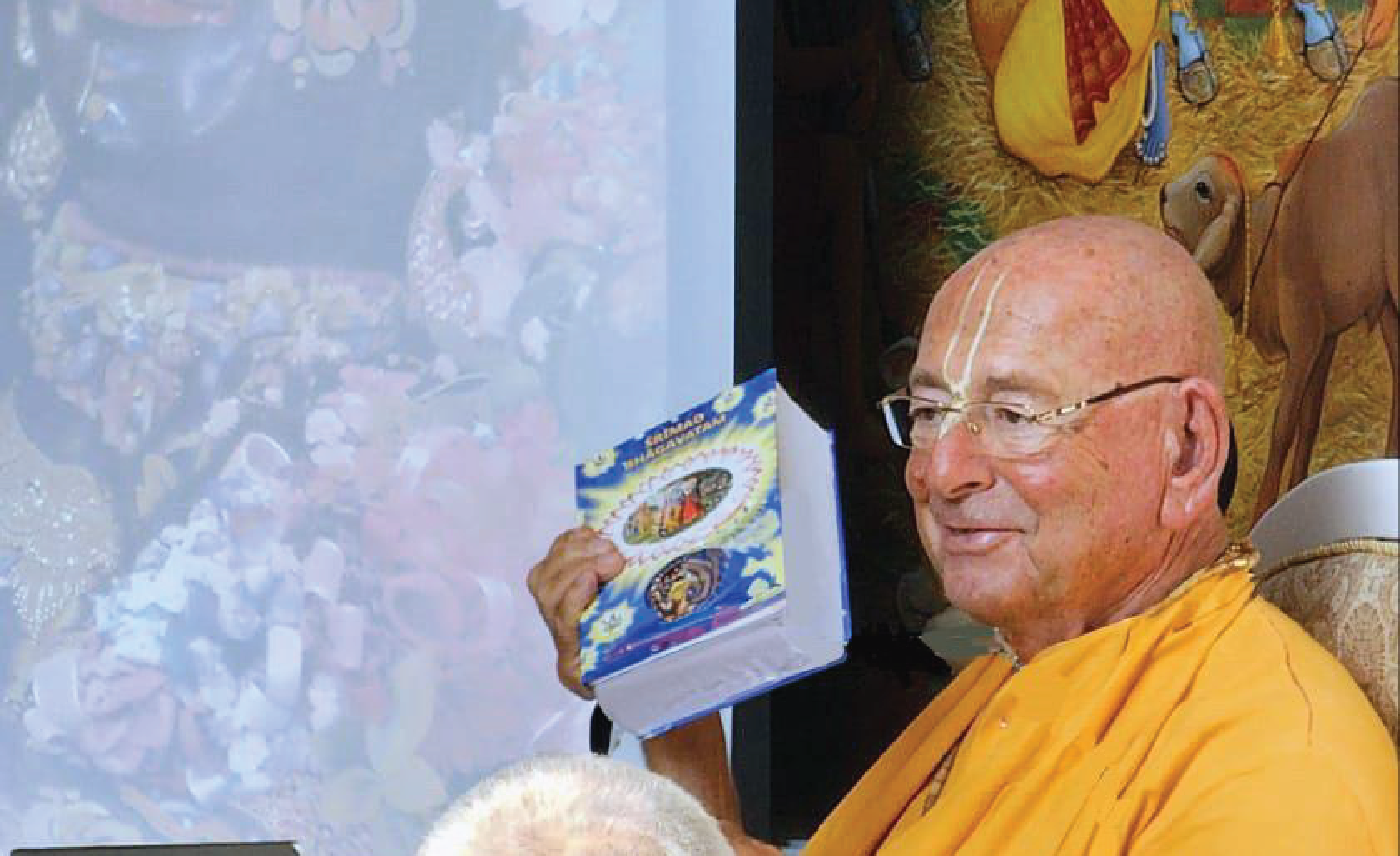ENGLAND: Thousands of churches face closure in ten years
By | Feb 16, 2007

by Ruth Gledhill, Religion Correspondent
The London Times
February 10, 2007
Thousands of churches face closure, demolition or conversion in the next decade, leading to the demise of some branches of Christianity in Europe, according to experts.
In some parts of the country, former churches are being turned into centres of worship for other faiths. A disused Methodist chapel in Clitheroe on the edge of the Yorkshire Dales is the latest, destined to become a mosque for the town’s 300 Muslims.
There are more than 47,000 churches in Britain today, and 42 million people, more than 70 per cent of the population, consider themselves to be Christian. It sounds a lot, but behind the figures lies a story of decline in the country’s established religion.
Although the Pentecostal and Evangelical branches of Christianity are growing, worshippers often prefer modern, functional, warehouse-style buildings to the traditional neo-Gothic landscape of British ecclesiastical architecture.
Just one tenth of the nation’s Christians attends church, and churches are now closing faster than mosques are opening. Practising Muslims will, in a few decades, outnumber practising Christians if current trends continue.
A generation ago the churches in Britain seemed unassailable. The first mosques in Britain opened at the end of the 19th century but by 1961 there were just seven mosques, three Sikh temples and one Hindu temple in England and Wales, compared with nearly 55,000 Christian Churches.
Sometimes, with denominations such as the Methodists split into three types, there could be as many as seven or eight churches in one small town to cater for Roman Catholics, Anglicans and different groups of Protestants.
By 2005 the number of churches had fallen to 47,600. According to the organisation Christian Research, another 4,000 are likely to go in the next 15 years.
In the Church of England alone, which still has 16,000 churches, 1,700 have been made redundant since 1969.
Over the same period, the number of mosques in Britain has grown to almost the number of Anglian churches that have closed. The Islamic website Salaam records a total of 1,689 mosques.
Covenants attached to redundant Anglican churches, however, make it difficult for them to be used by another faith. None has become a mosque, and only two have become Sikh gurdwaras, and the Church of England has opened more than 500 new churches since 1969. Redundant Anglican churches tend to be developed into houses, offices or restaurants. In Cheltenham, 19th-century St James’s is now a branch of Zizzi’s, an Italian restaurant.
Methodist churches, down from 14,000 in 1932 to 6,000, and closing at the rate of 100 a year, are often sold with no restrictive covenant attached.
Inayat Bunglawala, of the Muslim Council of Britain, said: “In 1990 there were about 400 mosques in the UK. Many existing mosques are also being refurbished and enlarged.”
Peter Guillery, of English Heritage, said that the trend was not new. The 18th-century Huguenot church in Brick Lane, in the East End of London, became a Methodist chapel in 1819. It became a synagogue at the end of the 19th century, and a mosque in 1976.
Multifaith use of buildings is growing. Art and Christianity Enquiry, a Christian arts trust, is planning a seminar next month on how many buildings in Britain are being shared by different faith groups.
But Ceri Peach, of Oxford University, said in The Geographical Review: “The new cultural landscape of English cities has arrived. The homogenised, Christian landscape of state religion is in retreat.”
Source: VirtueOnline














